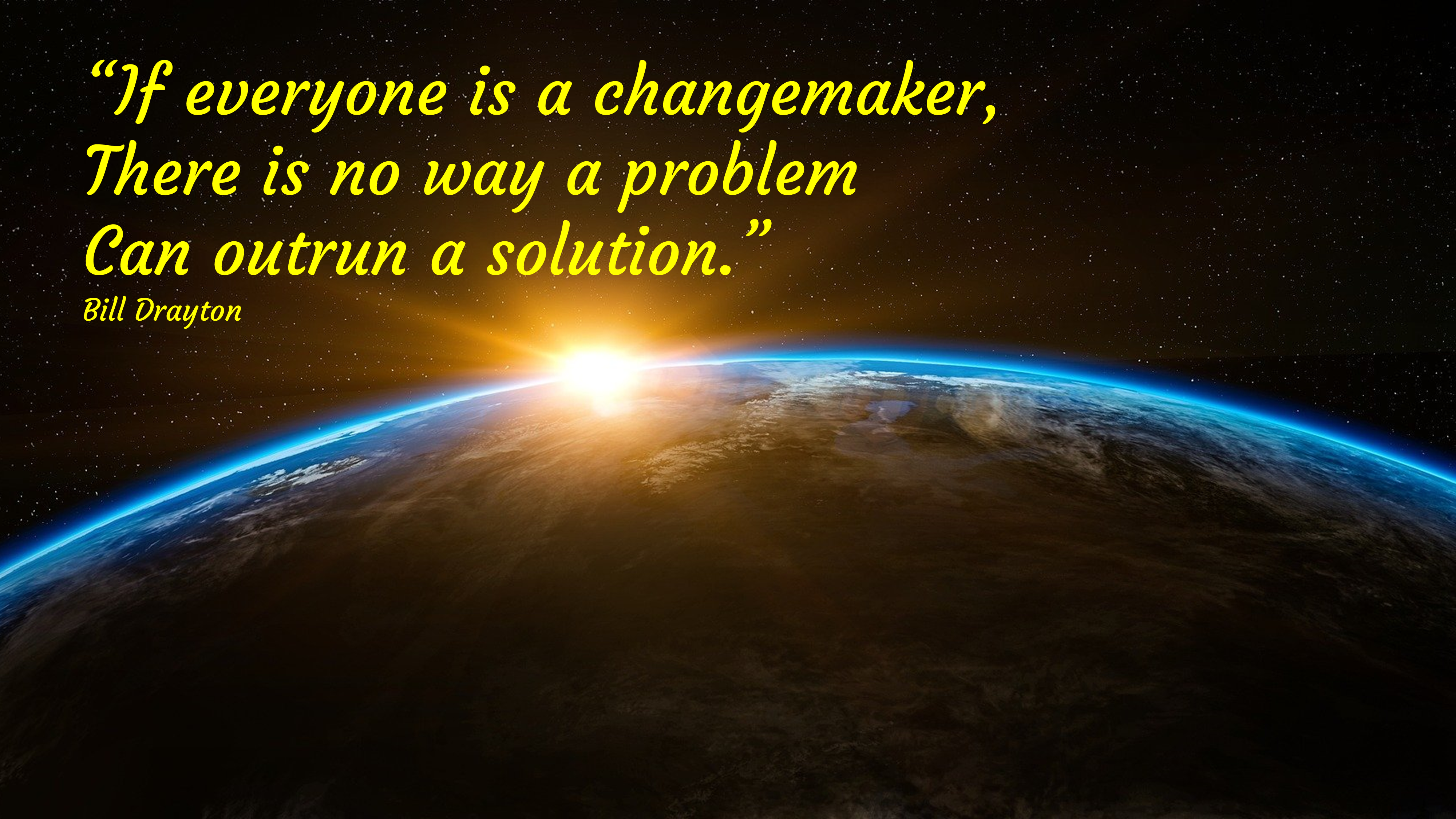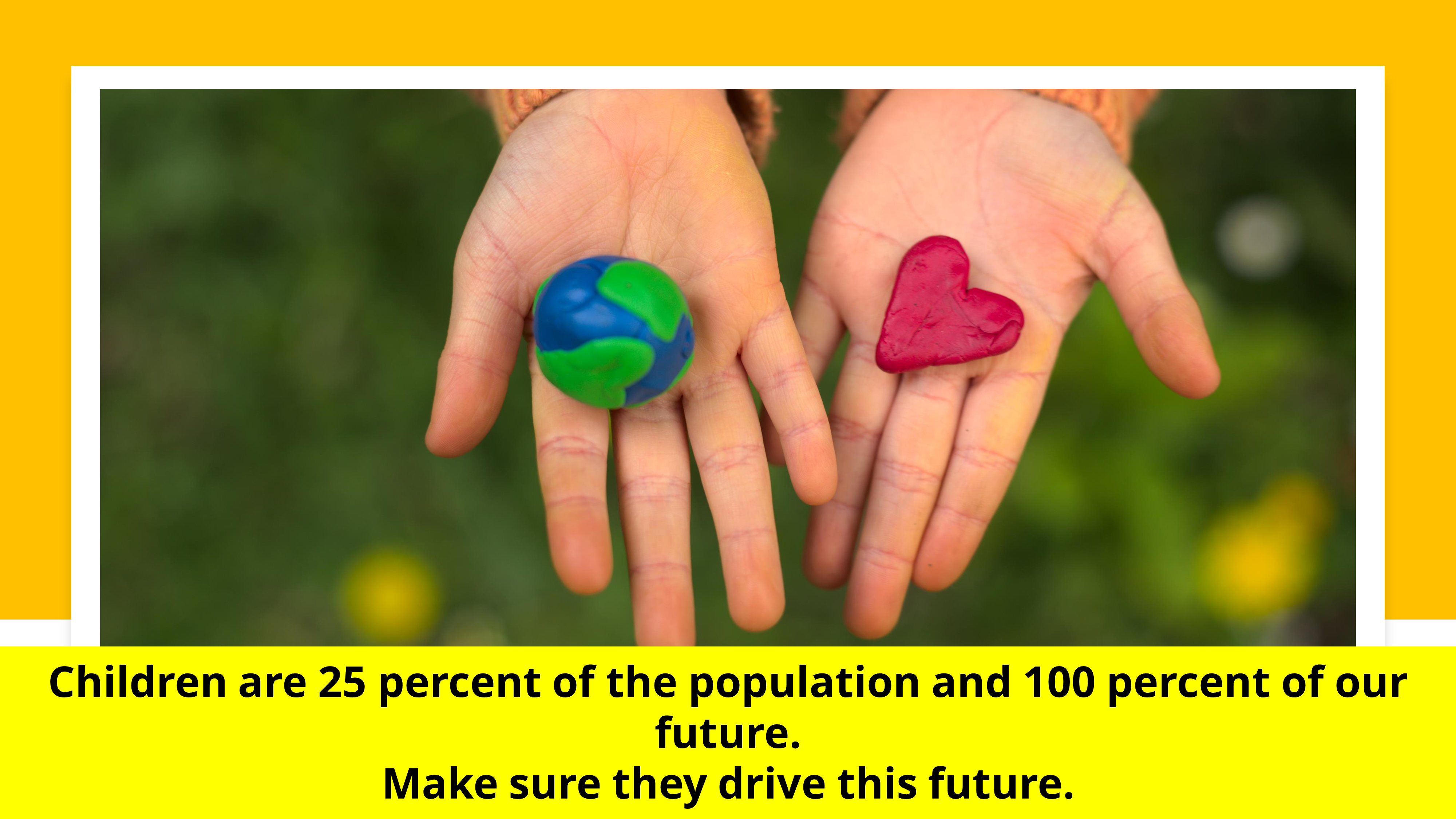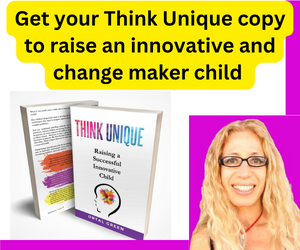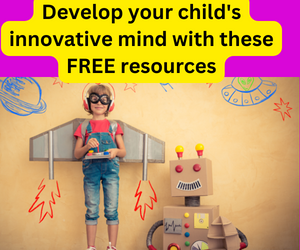Recently I had a conversation with a teacher from Nigeria named Amazu. He reached out after participating in one of my webinars.
Amazu shared that he takes part in “Teach for Nigeria” program. I wasn’t familiar with this program, so I asked him to tell me more about it. He explained that this program aims to end educational inequality in Nigeria.
This program recruits Nigeria’s most promising teachers and sends them to teach in Nigeria’s underserved schools in low-income communities. Being part of this program, Amazu was sent to a poor rural area to improve education there.
He shared that he teaches a class of 50 students aged between 10 and 13. He mentioned that some of them are so malnourished you won’t think they are 13 years old. He said that only 10% know how to read and write. He also shared that many don’t have stationery, so they have nothing to write with and no notebooks.
Amazu told me that children miss school days because they must work for their parents.
After our eye-opening conversation, I did some research on Nigeria’s education.
I was sad to discover that in Nigeria 10.5 million children are out of school. And looking at those attending school, 60% of primary/elementary students can’t read at all, and only 29% of Nigerian children finish high school.
I kept reading and started feeling overwhelmed by what I had learnt. I wanted to help. I wanted to improve things for the children in Nigeria, but realising the sheer size of the problems there, I knew I couldn’t solve them.
It has downed on me that all I can do is continue to focus on my one big mission – to empower teachers to create better education.
As much as we want to solve all the complex problems in our world (and there are many), to make a difference, each one of us needs to focus on one issue.

There is hope
But what if everyone would pick one area where they make a difference?
What if we have a whole generation of changemakers who drive positive change?
That would mean that many complex problems would be solved, and together we would create a better future for everyone.
The great news is that we can create a whole generation of changemakers. As parents and teachers, we can do it. We have the power to make it happen, as anyone can become a changemaker. It is not reserved for special people, for a few lucky ones born with specific DNA.
Children can become changemakers from a very young age, regardless of their circumstances.
Before I share with you how we can go about it, let’s look at a couple of examples of children who are changemakers.
Children as changemakers
In Bali, Indonesia, two sisters, Melati and Isabel Wijsen, at the young age of 10 and 12, wanted to drive environmental change. They wanted to reduce the use of plastic bags in their communities. Therefore, they founded the activism group “Bye Bye Plastic Bags” in Bali and worked tirelessly to drive the change they wanted to see.
After 6 years, due to their efforts, an official ban on plastic bags was declared on this island.
Another example is the social change Jordan Mittler from New York is driving.
At the age of 12, Jordan Mittler realised that many older people are struggling to use technology to stay connected, and therefore, many seniors, especially those who live alone, were isolated.
Jordan thought that to change it; we need to provide simple tech education to older people so they can keep up with technology.
Therefore, he founded Mittler Senior Technology, a hands-on social media and communication technology program offering seniors professional education.

But what makes someone a changemaker?
It is inspiring and uplifting to learn about children that drive positive change in our world. But what makes someone a changemaker?
A change maker is someone with a creative mind and a desire to solve a problem that takes action to make it happen.
Let’s explore what this definition means –
- Having a desire to solve a problem. A changemaker is driven by the desire to make our world a better place. It is someone who found that one thing they’re incredibly passionate about and care about, so much so that they tend to think about it 24/7.
- Take action. To drive change, you must act. A changemaker takes on themselves the responsibility to do something about a problem. They feel a sense of urgency to do something about it. They are persistent in taking action until they have made a difference.
- Having a creative mind. Changemaker changes the status quo. They break a pattern and create a new reality. To do so, they need to be curious, open-minded and creative. They need to have the courage to see and do things differently
Driving a change is a marathon, not a sprint. Therefore, to be a changemaker, you must be ready for a long journey with many obstacles, failures and frustrations. But these experiences are not a bad thing! Facing all these challenges cultivates resilience, persistence, patience, resourcefulness, reflective habits, and creative thinking, to name a few.
It is important to note that along the challenges, this journey also includes many rewarding moments, times of joy, a lot of growth, and a big sense of achievement.
Although I have shared examples of young children driving change on a large scale, don’t confuse being a changemaker with the scale of your impact. You can be a changemaker whether you are impacting just one person or the whole world.
How to help children become changemakers
To help your child or students become changemakers, you need to help them develop the below set of skills and characteristics-
- Empathy. To become a changemaker, your child needs to desire to help others. Therefore, they need to be able to step into other people’s day-to-day reality and imagine how it feels like.
- To develop a passion for a cause, your child needs to be curious about the world around them. They also need curiosity to acquire the new knowledge and skills they need to achieve their goal.
- Open Your child must be open-minded as they must explore the problem from different perspectives and look at diverse solutions.
- Creative thinking. Your child needs to develop their imagination and creative mind to find a unique and suitable solution for a problem.
- Since changemakers drive the creation of a different future, they are stepping away from the current way of doing things and into a new reality. To do so, they need to have the courage to think differently and take steps that might be different from the norm.
- The journey of change includes many obstacles, a huge learning curve and challenges. To make the change your child set as a goal, they must be persistent and have a strong passion for making it happen.
Nurturing a changemaker also requires providing an environment that allows changemakers to flourish. This environment needs to be-
- A safe environment. For a child to develop their creative thinking, confidence, curiosity and the many other skills required to become a changemaker, they need to feel safe to express any idea they might have and to try new things and fail. They need to know that no one will laugh at their ideas, ridicule their thinking or make fun of their failures. Children can reach their full potential when they feel safe to be themselves within an environment.
- An innovative environment. An environment has a crucial role in suppressing or developing creative thinking. A safe environment is a must; it is the foundation you must lay. However, you also need to help children develop their imagination and creative thinking and teach them how to channel it into becoming excellent problem solvers.
As a parent or a teacher, if you want to empower children to become changemakers, these books will show you how to make it happen-
For parents – “Think Unique – Raising a successful, innovative child” guides parents on how to raise a child who is innovative and able to thrive in an ever-changing world.
For teachers – the award-winning book “Think Unique- Your comprehensive guide to cultivating tomorrow’s innovators through PROJECT-BASED LEARNING” empowers teachers to create tomorrow’s innovators in their classrooms. This book provides teachers with the knowledge and tools required to set up children for success in the 21st century.









